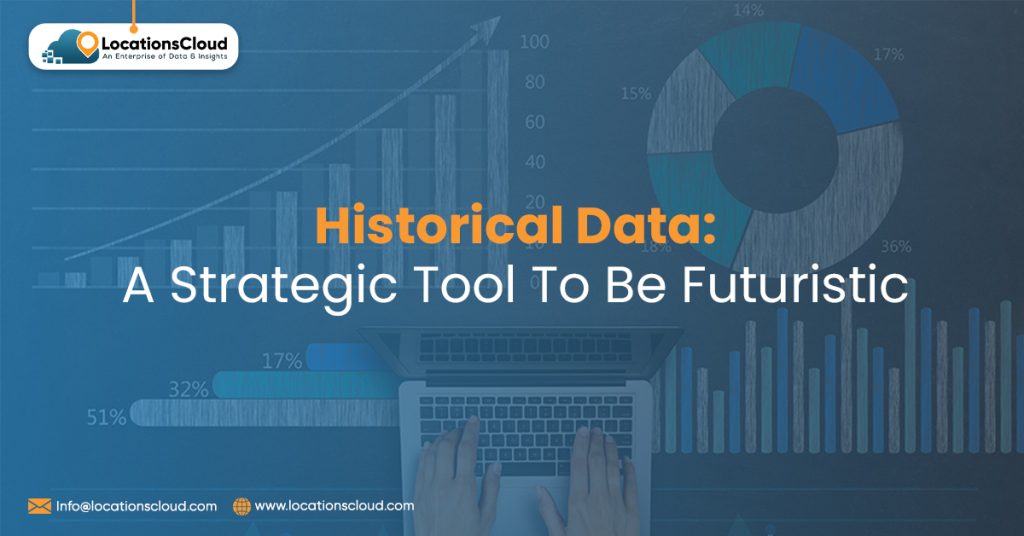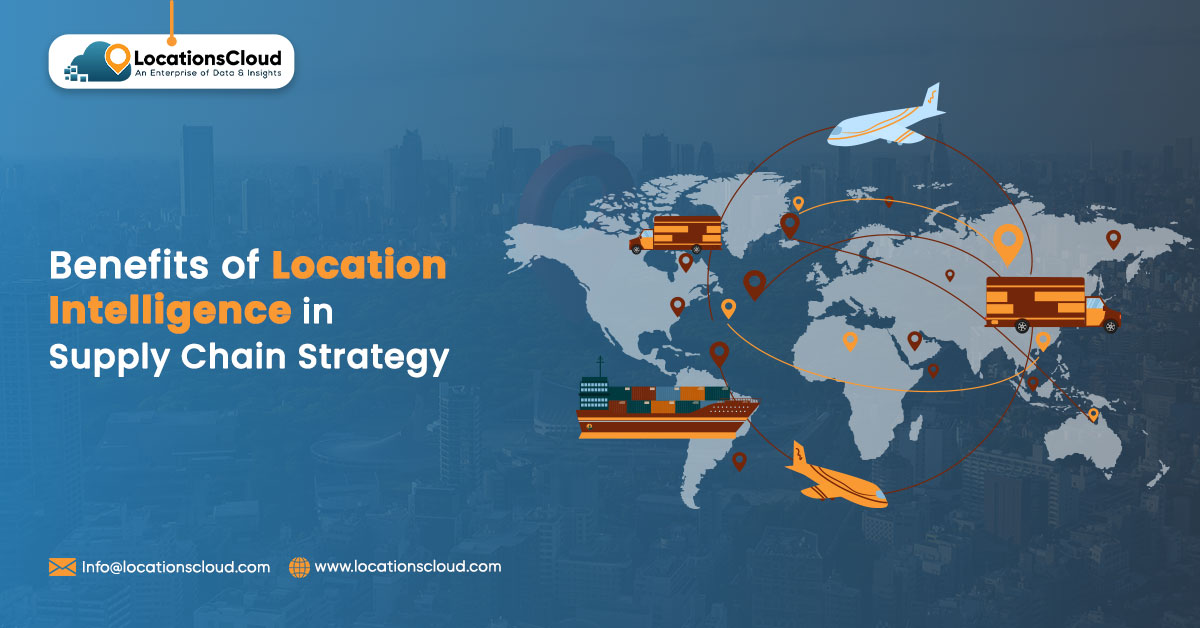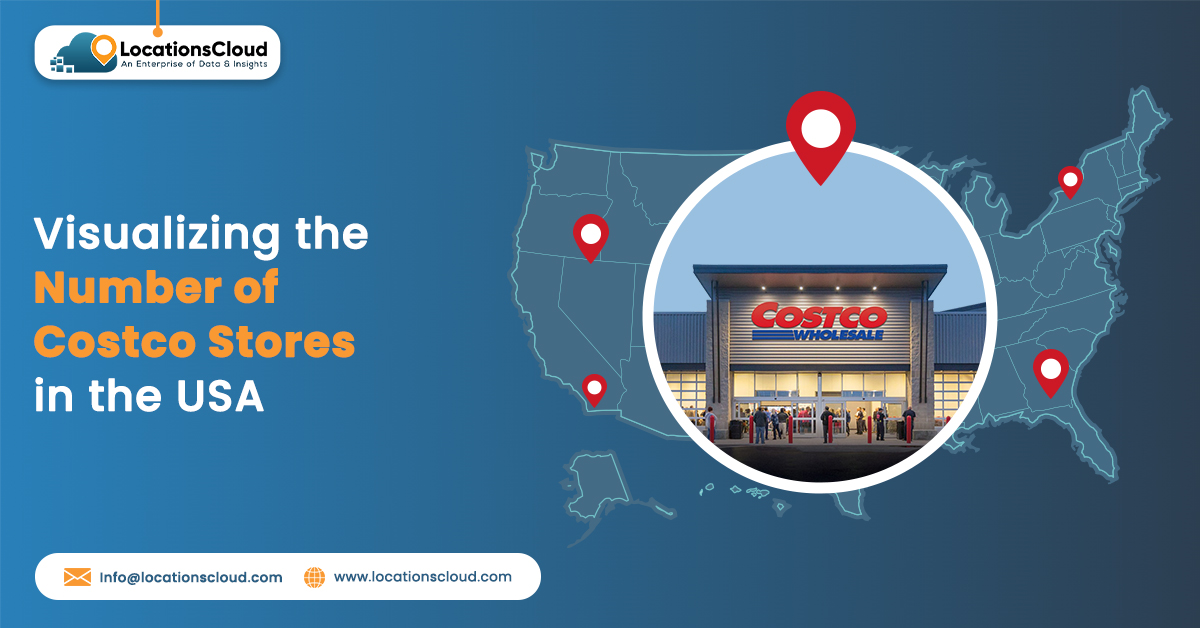
Historical data is ancient data providing you with information from the old times. The data dating to the back times helps you make future decisions. You can expect a lot of information from a particular subject’s past events or circumstances. In this guide, you can learn everything about historical data, how it is collected, and its different users.
Basics About Historical Data

Historical data is all about the information, the records collected and stored. Today, companies are using it for reference or analysis. The data can cover many future topics like events, individual organizations, and more.
Why is Historical Data Important?

Historical data holds a lot of importance today. It is because our future and our present depend on the past itself. It means that the past becomes the foundation of our present and future.
- Historical data allows the identification of long-term trends. Besides trends, you can also learn about some patterns from the past. Recognizing business, government, or academic trends can make forecasting very easy. Once you forecast the directions, you can also plan different things.
- Historical data, including the records of art literature and cultural practices preserving the heritage, will help. You and your future generation understand the cultural roots. You can also appreciate the diversity of human experiences.
- You can easily understand the impact of past policies if you are from a government. You also need to use the historical data if you make any policies.
In short, historical data is a strategic tool for making decisions about the present and the future. Businesses can use this data to track the employee’s performance. A lot of improvement is a plus point with historical data.
How is Historical Data Collected?
The historical data can be collected either manually or automatically. One can download historical data from various means:
- Most historical data comes from written records, including official documents, letters, and manuscripts. Generally, these records are present in archives, libraries, or even digital databases.
- Sometimes, you can find historical data passed down through some traditions. You can come across stories or knowledge from one generation to another.
- Archaeologists can explore many artifacts, structures, and information from the past. They can provide you with tangible historical data about civilizations in the past.
- Photographs, films, and other visual media capture many moments in history. They can provide you with valuable historical records that are available.
- Governments also maintain a lot of records. You can come across census data, tax records, and administrative documents.
How is Historical Data Used?

Historical data is a great tool in economics. There are several uses of historical data, and some of them are:
- You can use historical data even in the business. For example, you can analyze past sales data to predict future demand and optimize inventory management.
- The government also relies on historical data to evaluate the policy’s effectiveness. If you are in the government, then you need to use the data to plan for infrastructure development and make evidence-based decisions on public matters.
- You can also use historical data and the education sector to teach your students about the past. It will help in developing critical thinking skills. At the same time, historical data can foster an understanding of historical context. It will encourage the students to explore different perspectives.
- Historical data also contributes towards social good by improving your understanding of past events. You can learn about the societal changes. It helps you address issues of inequality, discrimination, and social justice. It will provide you with historical context.
- You can use historical data to study different topics if you’re a researcher. You can learn more about historical events, economic trends, and social movements besides cultural evolution. Historical data can work as a base for your academic research. You can use it for your scholarly publication.
How Historical Data Can Help Make a Difference?

The data from past instances can help you make a difference while improving future outcomes. Here is how historical data makes a significant impact in various forms:
Business
If you run a business, historical sales and market data are very important. You can identify the consumer trends. You can forecast demand and customize the product offerings. Historical finance data helps you understand the risk and make informed investment decisions.
Government
Government can also use historical data to evaluate the impact of different policies. They can use the past policies to create new ones. Historical data on population growth also helps the government plan infrastructure projects and allocate resources well.
Education
Historical data works like a rich resource of teaching materials. It helps you engage students in studying history, and critical thinking students can use historical data for different research projects. They can explore topics ranging from ancient civilizations to recent historical events.
The Ethical Implications of Using Historical Data
Historical data can be used to track people’s movements and create a detailed profile of the activities. This can raise privacy concerns as people would prefer to avoid their past actions or locations being tracked. Historical data can also be used to perpetuate discrimination.
Historical data on housing prices can be used to deny any loans or housing opportunities to people around. Historical data can also be abused by malicious factors.
For example, historical voting patterns can be exploited to manipulate elections or target people for harassment.
The Challenges of Storing and Managing Historical Data
Even though historical data is very simple and easy to use, you need to know that storing and managing it comes with challenges.
- The amount of historical data is growing with every passing year. Managing and storing a huge amount of data can be costly and resource-intensive
- Historical data can be challenging with different formats and levels of detail. Extracting meaningful insights from such data can be difficult.
- Storing historical data, especially in digital format, can be very costly. It is costly for you in terms of storage and infrastructure.
No doubt, the historical data is of great importance. Decision-makers demand more of this type of data as it helps in the anticipation of data.
How Can You Get Started With Historical Data and Then?
Getting started with historical data analysis may be challenging, but it is a rewarding endeavor. Some of the steps to help you begin are mentioned here.
- You can start by defining a clear research objective or question. You need to check what aspect you are interested in.
- You need to identify relevant historical data sets. This can include digitized archives or documents.
- Historical data might require a lot of cleaning and reprocessing to remove some errors and standardized formats.
- You need to select appropriate data analysis methods based on your research question. This can include some statistical analysis for data visualization.
Tips for Using Historical Data in a Smart Way:
Businesses have a competitive edge using this information as a great asset. They appreciate the data which helps them grow rapidly. Here’s a bigger picture of using the data to bring value to the business:
- Understand the reason why you want historical data. By doing so, you will be able to get through the reason why the data was generated. As conditions will impact the data significantly. You will be able to understand the market conditions, seasonal trends, business decisions, and competitive landscape. In simple words, you will get the answer to the ‘why’ behind the data, which will add depth to your decision.
- Search for patterns and trends in the historical data. This will give you insights, helping you make perfect forecasts. You will be able to understand the repetitive patterns. This will help you in having directional shifts in the performance. You will get to predict the future outcomes more precisely. The things you will notice in the data will be seasonal patterns, trends in growth, outliers, correlation & trend breakers.
- Make assumptions for your growth with historical data. You will be able to predict the future outcomes, if any. The historical data will help you get an estimation of future sales. This will help you enter a new market, beat a new competitor, and launch a new product. The estimation of costs, pricing decisions, customer behavior, and risk assessment will be done together.
- Incorporate updates in the working business model with the past data. The business model is surely going to have an impact on the historical data. More and more data will give you insights and forecasts. Historical data is a new approach toward your business goals and achievements.
- There are chances that the historical data might be missing some information. So, this inaccuracy or missing data can impact future decisions. You will be protected from making wrong business decisions. Various methods can be used, like the Bottom-up Forecasting Approach, to help you learn industry data that is essential.
The historical data can give you a fresh perspective towards your future business goals. So, make the maximum value for your business out of it. Although, it’s a puzzling one-piece for guidance.
Historical data is one of the most valuable resources that provides insights into the past and helps you make informed decisions in the present while shaping your future. LocationsCloud helps with location-based data provider services, helping businesses to outgrow in a strategic manner.



